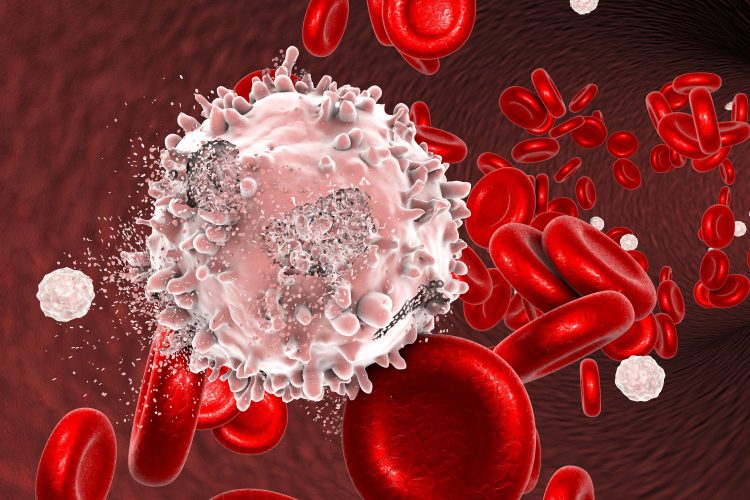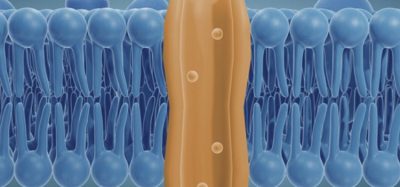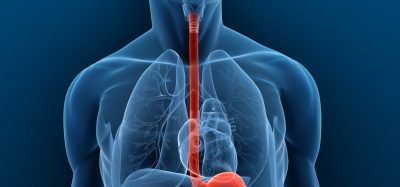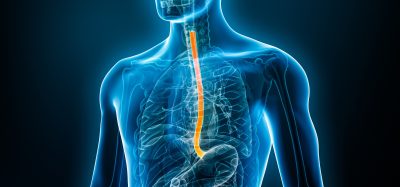An altered protein can combat the growth of leukaemia cells
Posted: 6 December 2023 | Drug Target Review | No comments yet
Discovery about the NPM1c variant could lead to new drugs targeting the cell growth of acute myeloid leukaemia.


Researchers, led by Dr Stefan Müller from Goethe University’s Institute of Biochemistry II, studied acute myeloid leukaemia (AML). AML is a specific form of blood cancer that typically occurs in adulthood and often is fatal for older patients.
The cancer cells’ genetic material has a characteristic mutation that affects the NPM1 gene in about a third of AML patients. It is already understood that the mutated NPM1 variant, abbreviated as NPM1c, which contains the building instructions for a protein of the same name, is a significant factor in the development of leukaemia. However, scientists collaborating as an interdisciplinary team consisting of various Goethe University research groups, have found a new way in which the NPM1c gene variant influences this.
The altered protein intervenes in autophagy, a crucial cell process that consists of a metabolic pathway through which the cell recycles its own structures. This “self-digestion” removes faulty molecules, and “it also enables the cell to meet its need for important building blocks, including in the event of a nutrient deficiency or increased cell proliferation, which is characteristic of cancer cells,” explained the first author, PhD student Hannah Mende.
Biomarkers are redefining how precision therapies are discovered, validated and delivered.
This exclusive expert-led report reveals how leading teams are using biomarker science to drive faster insights, cleaner data and more targeted treatments – from discovery to diagnostics.
Inside the report:
- How leading organisations are reshaping strategy with biomarker-led approaches
- Better tools for real-time decision-making – turning complex data into faster insights
- Global standardisation and assay sensitivity – what it takes to scale across networks
Discover how biomarker science is addressing the biggest hurdles in drug discovery, translational research and precision medicine – access your free copy today
During autophagy, the cell initially produces the autophagosome into which it packs cellular components that are to be broken down and recycled if necessary. The autophagosome is then transported to the cell’s recycling centre, the lysosome, where its contents are broken down by acid and enzymes. From here, the building blocks are then released into the cell, where they can be reused. Dr Müller stated: “We have now been able to show that NPM1c promotes the production of both autophagosomes as well as lysosomes.”
Also, the scientists discovered how NPM1c has these effects. It binds to a central regulator of the autophagosome-lysosome system named GABARAP and activates it. Dr Ramachandra Bhaskara, study co-author and Head of the Institute of Biochemistry II’s computational cell biology working group, explained: “Using computer simulations, we have shown that this binding of NPM1c and GABARAP has an atypical structure.”
The simulation’s results were confirmed by experimental structural biology data. It now could be possible to develop active substances that specifically influence the binding of NPM1c to GABARAP based on these findings, therefore combatting the growth of leukaemia cells.
This study was published in Cell Reports.
Related topics
Drug Targets, Oncology
Related conditions
acute myeloid leukaemia (AML), Cancer Research
Related organisations
Goethe University








